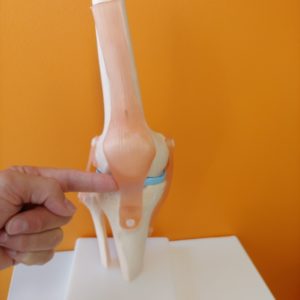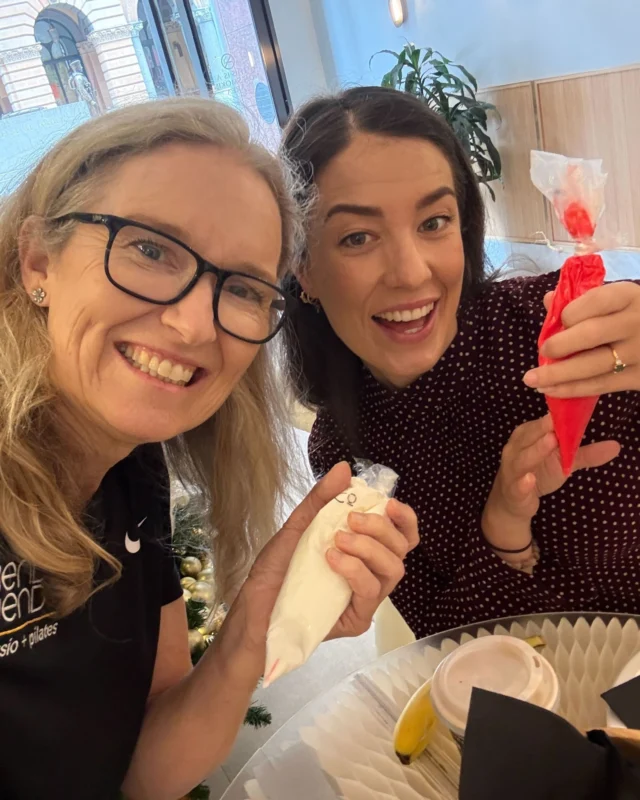 I recently completed a Physio tendinopathy course which provided up to date research in the vast and at times murky world of understanding tendinopathy. To help explain the take home messages I have summarised a few important key points.
I recently completed a Physio tendinopathy course which provided up to date research in the vast and at times murky world of understanding tendinopathy. To help explain the take home messages I have summarised a few important key points.
Firstly, it is important to get an accurate diagnosis. Making sure your tendon is the source of pain is the highest priority. This is why you need an experienced Physio doing the assessment. There are some general guides to help us identify your pain as deriving from the tendon.
Generally, tendinopathy is defined by a small area of pain over the site of the injury. You can usually put your finger on it. Often you remember a change in your exercise effort a little before you got injured. For example, you started running longer distances, included high intensity efforts, or started a new activity. Most people become tender after increased effort in exercise, which would induce your familiar tendon pain. The more you load the more pain you get. If you ran longer for example you would generally get more pain after. However, this doesn’t necessarily mean you feel the pain during exercise because tendinopathies warm-up well. Once you get going, they don’t tend to hurt as much. Once you stop exercising however that when you feel it. Most people wake with morning stiffness, the tendon feels tight and takes some time to get going!
So, what are the general guidelines to managing these tendon injuries? To answer this question we need to recognise that there are three subgroups of people with painful tendinopathy. The majority, the minority, and the select few.
The Majority
All tendinopathies need loading. This means that exercise is good for you. How much exercise is important however. This is where we as Physios come in. There are a number of exercise protocols which are equally as good, however some patients will respond to one type of exercise while others may respond to another. Your physio will help guide you on this one!
We will help you understand what the injury is, what is going on in the tendon, and what to expect. The more you know the better! Developing realistic goals will help guide your progression.
The Minority
Some patients need adjuncts to help manage their tendinopathy. This includes soft tissue massage, taping, acupuncture, pain medication and various other measures. This subgroup of patients do not cope as well with exercise alone and need assistance to get the exercises completed. Again, we as Physio’s can help with this part.
The Select Few
This subgroup is limited in number. Exercise and other adjuncts alone have not changed their pain tolerance and there is scope to consider invasive procedures like surgery or injections. It is important to stress the vast majority of patients do not need these interventions.
If you are concerned about your injury come in and see one of our Physiotherapists for a comprehensive consult at Bend + Mend in Sydney’s CBD.






I am 58 year old. Doctor digonosede as tendonopathy as well as early stage of osteoporosis. I am in Vancouver ( Canada). I have done 4 sittings with physiotherapist but still pain is there. I am having slight pain in my knee also. Please advise me.
Hello Kirti,
I am sorry to hear of your diagnosis. I hope you are managing your symptoms well.
My recommendation would be to correctly diagnose the source of your pain. This can be several different structures and the presentation can sometimes be similar. Making sure you have the correct source of your pain is essential to your management. If you are unsure if you have the right diagnosis I would suggest a second opinion.
If you are happy with the diagnosis I would also advise to be patient with your pain. Tendinopathy is not something that eases fast and can require long term management. I would hope that exercises are included in your management.
If you would like a second opinion I am happy to conduct a review via a Telehealth video call.
Thank you for your question Kirti, I hope you have better pain management soon!
Hi ,
I have been diagnosed with Gluteal tendinopathy (involving the minimus and medius right tendons). I have had 2 PRP injections (with some improvement). I have had physiotherapy as well and continue exercises at home. I am aware that I cannot do some things as it aggravates the tendinopathy. I was wondering if it is advisable to ride a bike. I am cautious as I know saddle sitting can aggravate the area. Any advice?
Hi Conni,
I hope your tendinopathy is improving. Thank you for your question!
As with all tendinopathy, we need to be cautious of overloading. It depends on your pain tolerance in this instance. I would advise a trial of a minutes cycling to assess how much your gluteal tendons would tolerate. If one minute is completely fine then you can proceed with caution. If you have pain after one minute of cycling I would suggest desensitizing and loading your gluteal tendons in other ways, as you may be doing with your current therapist.
There may be wider seat options like on cruiser bikes that would help compared to a road bike saddle that you could consider also.
If you have any further questions please reach out.
Thanks for your question Conni, I hope you are on the improvement!
Kind regards,
Campbell
Hi Campbell.
I am a 70-year-old woman. I have been diagnosed with gluteal muscle tendonopathy and am attending a reputable physiotherapist. She is using shock wave therapy which I find very painful. What do you think?